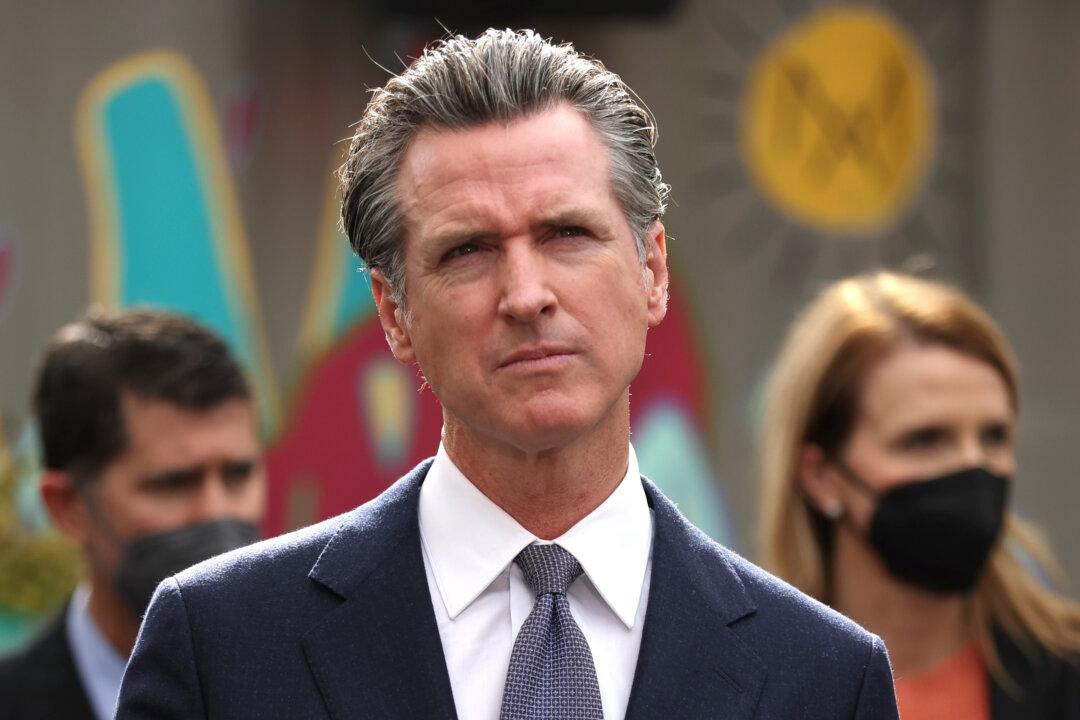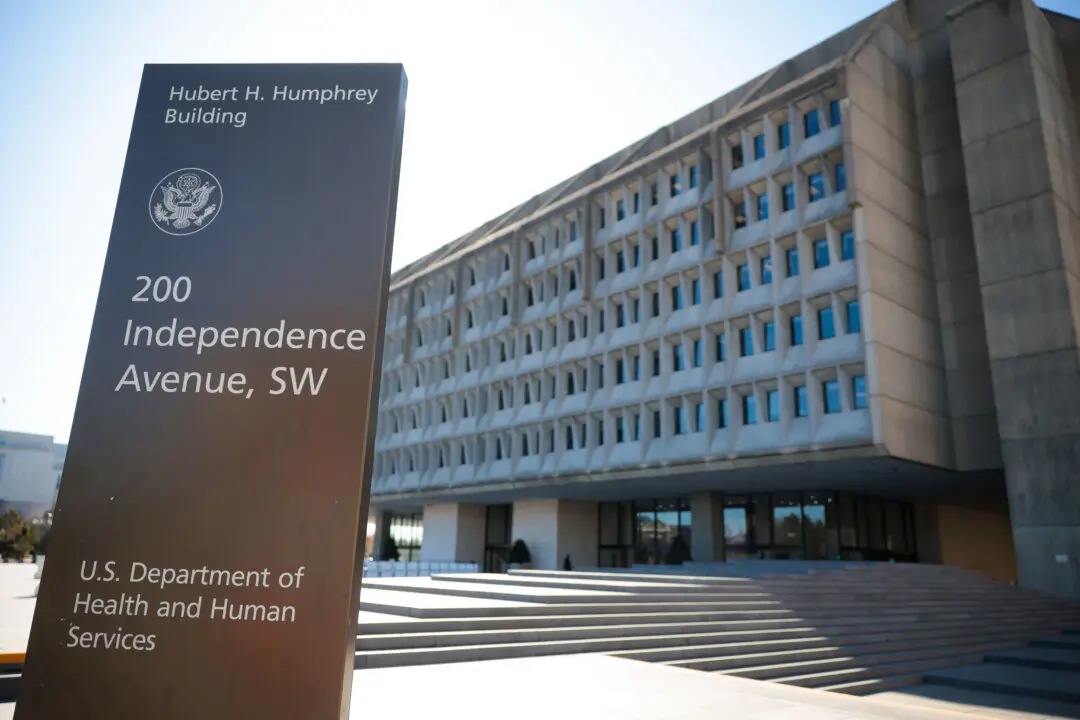California lawmakers have voted down a measure that would have ended the emergency powers Gov. Gavin Newsom has been wielding for more than two years.
On March 15, eight members of the California Senate Committee on Governmental Organization voted against the measure: Senate Concurrent Resolution 5. Four members voted in favor of the resolution.





